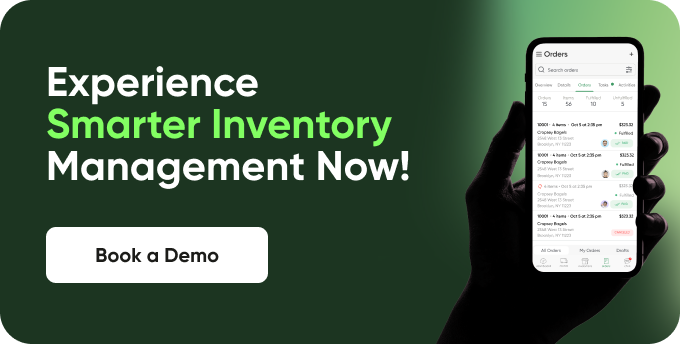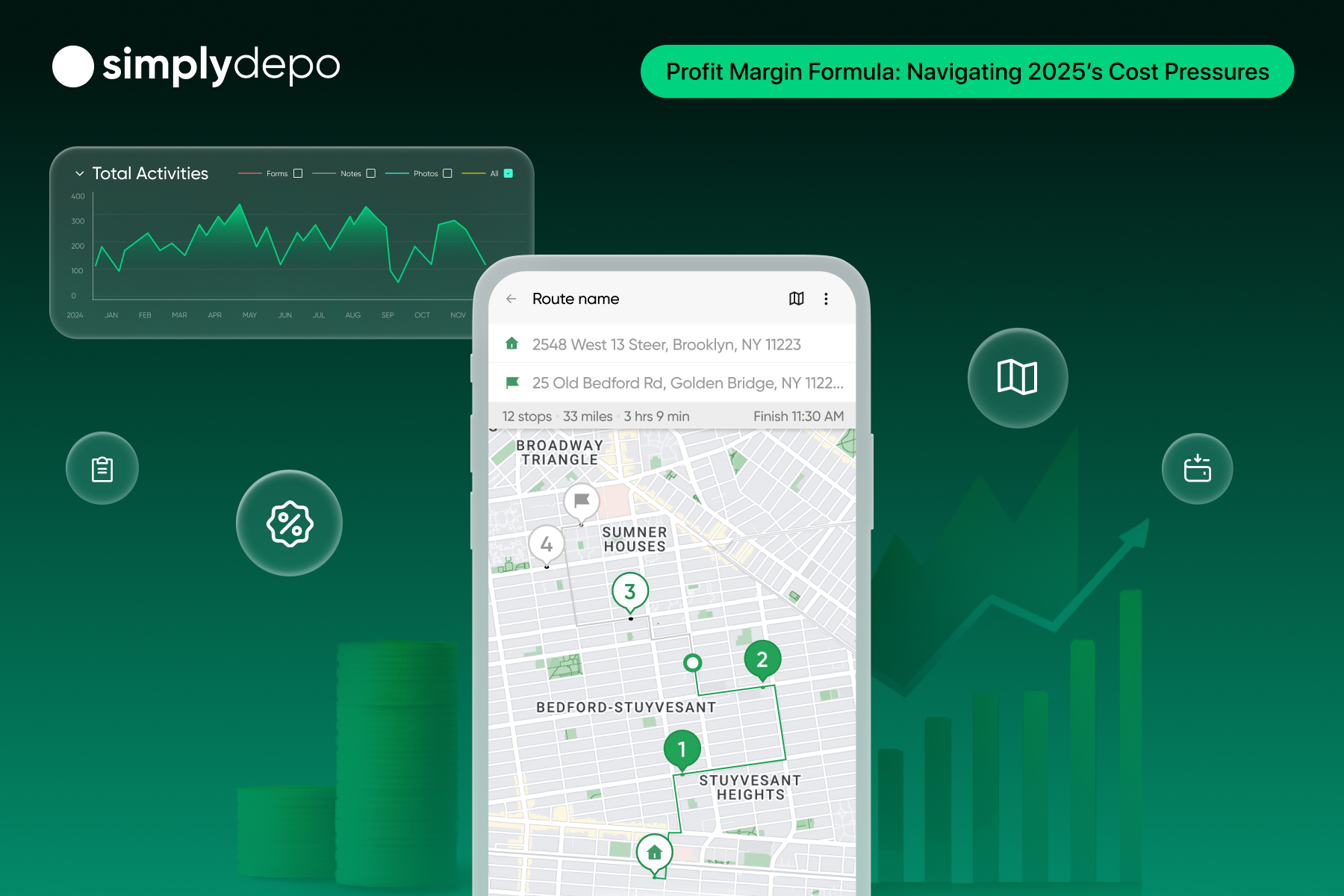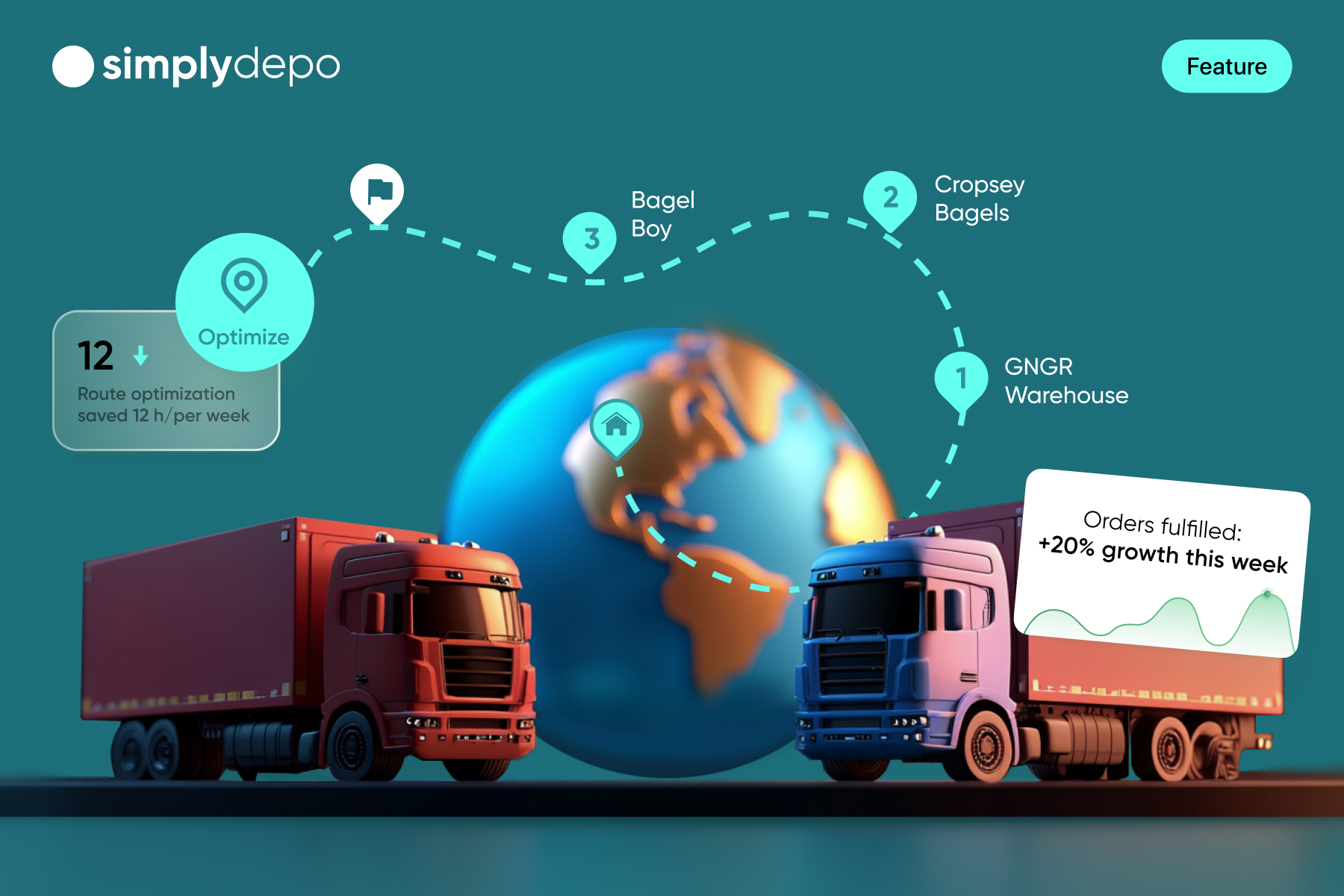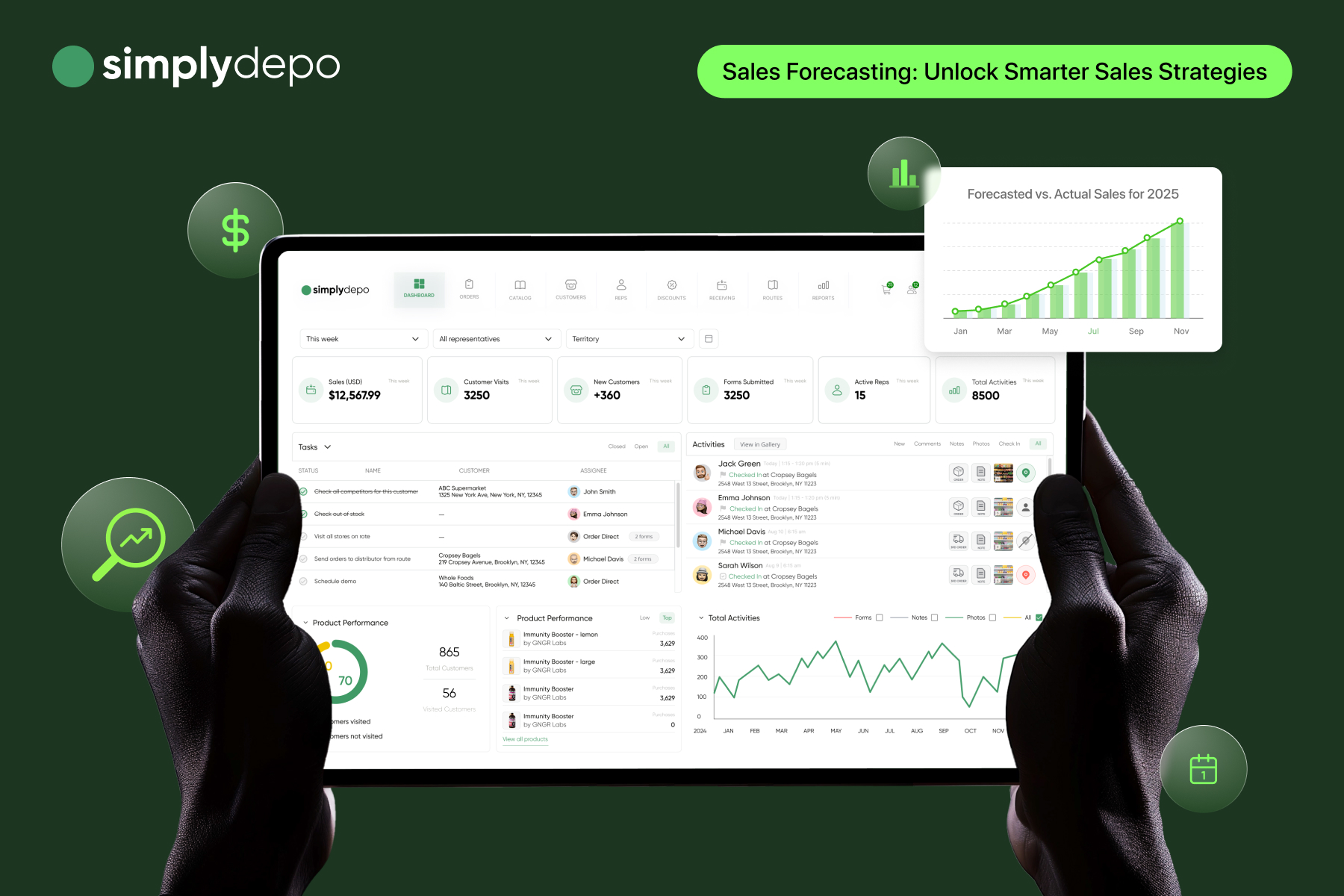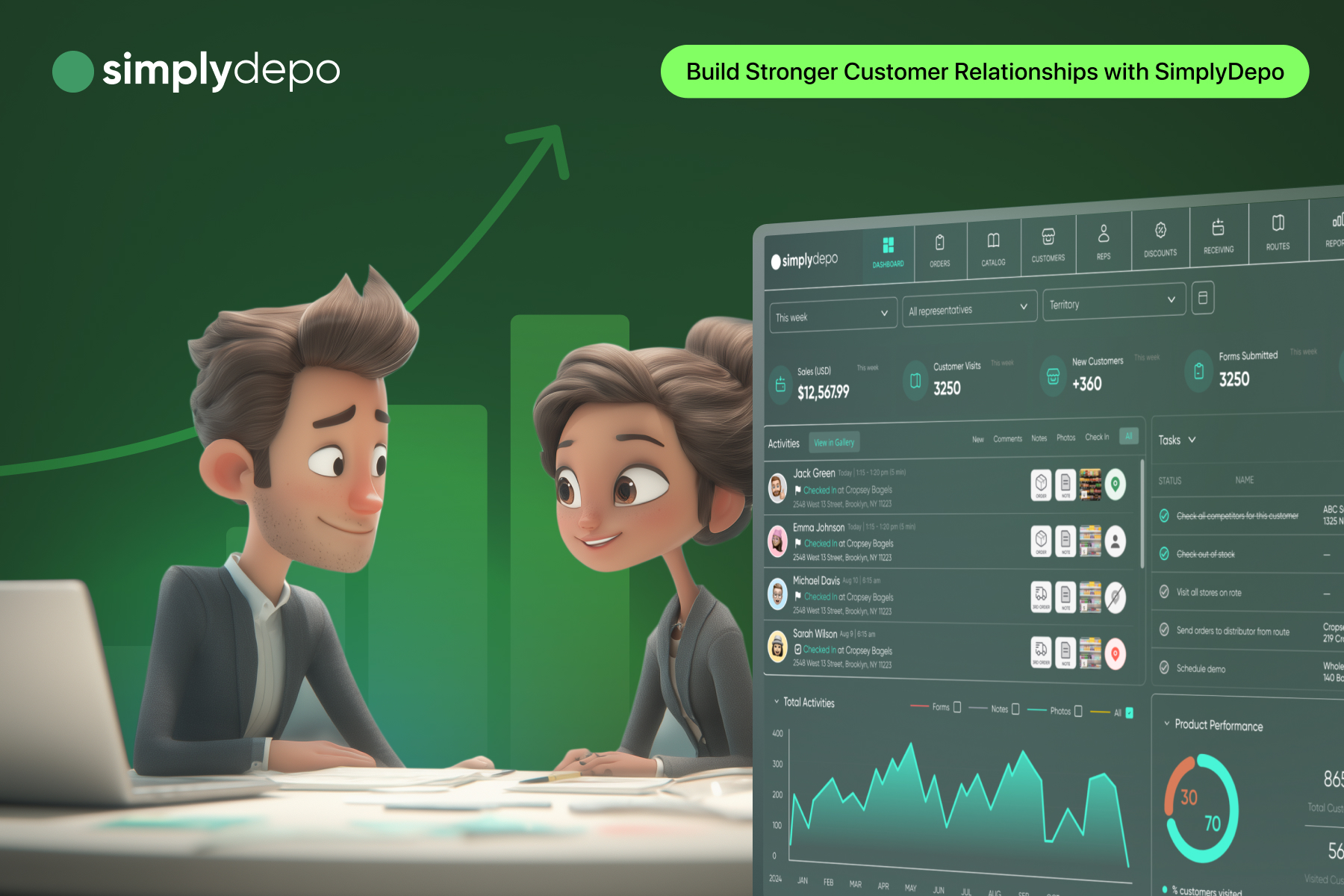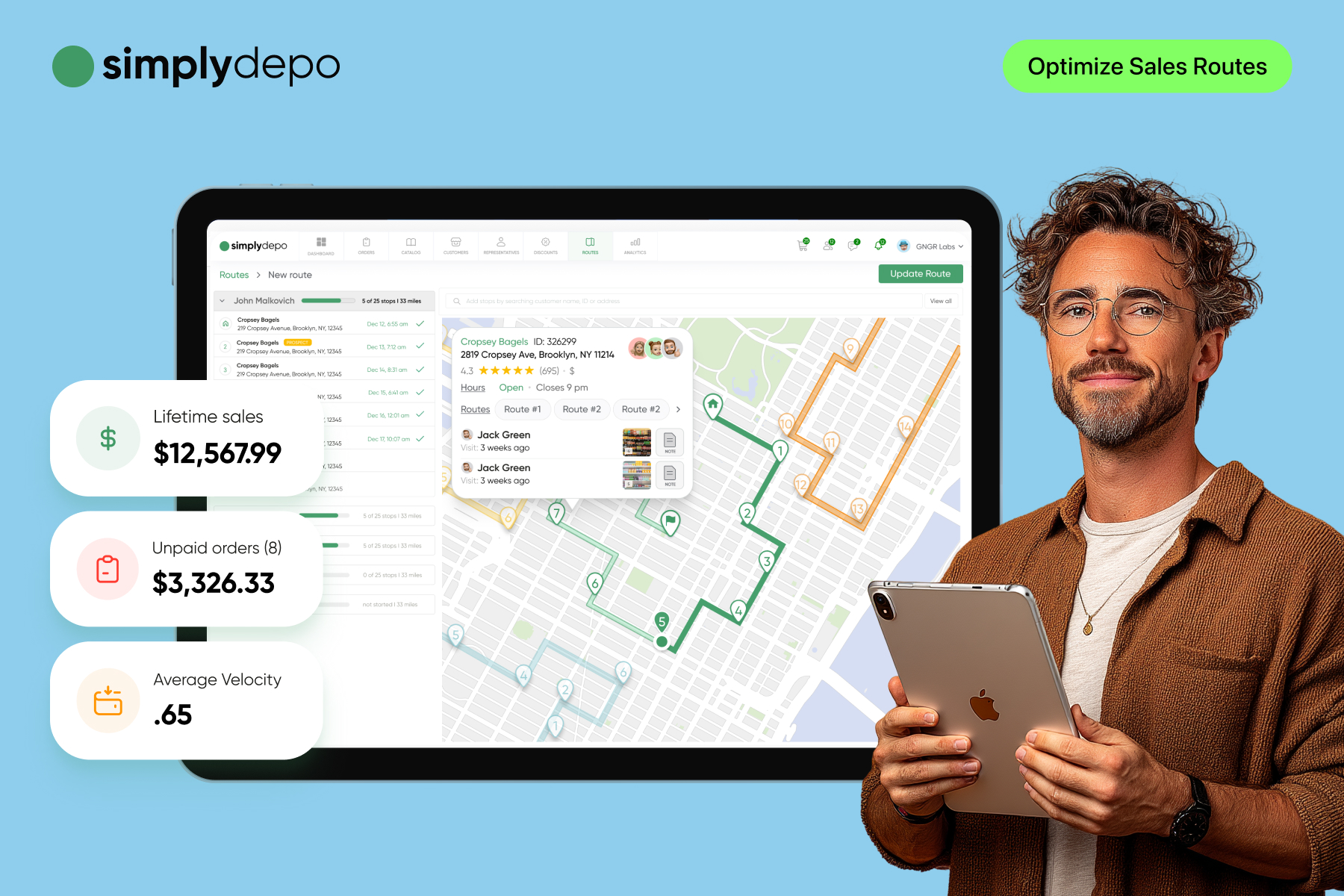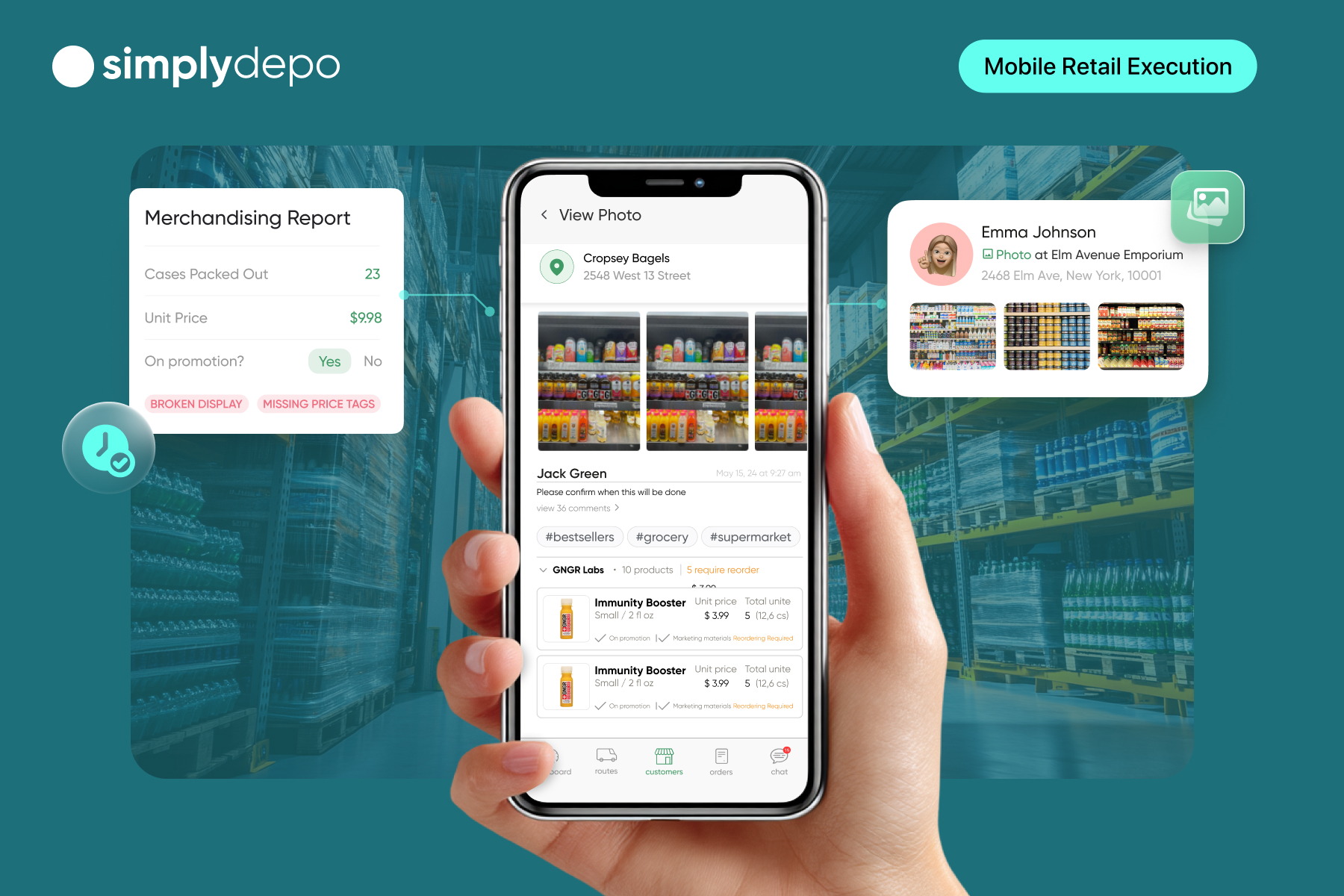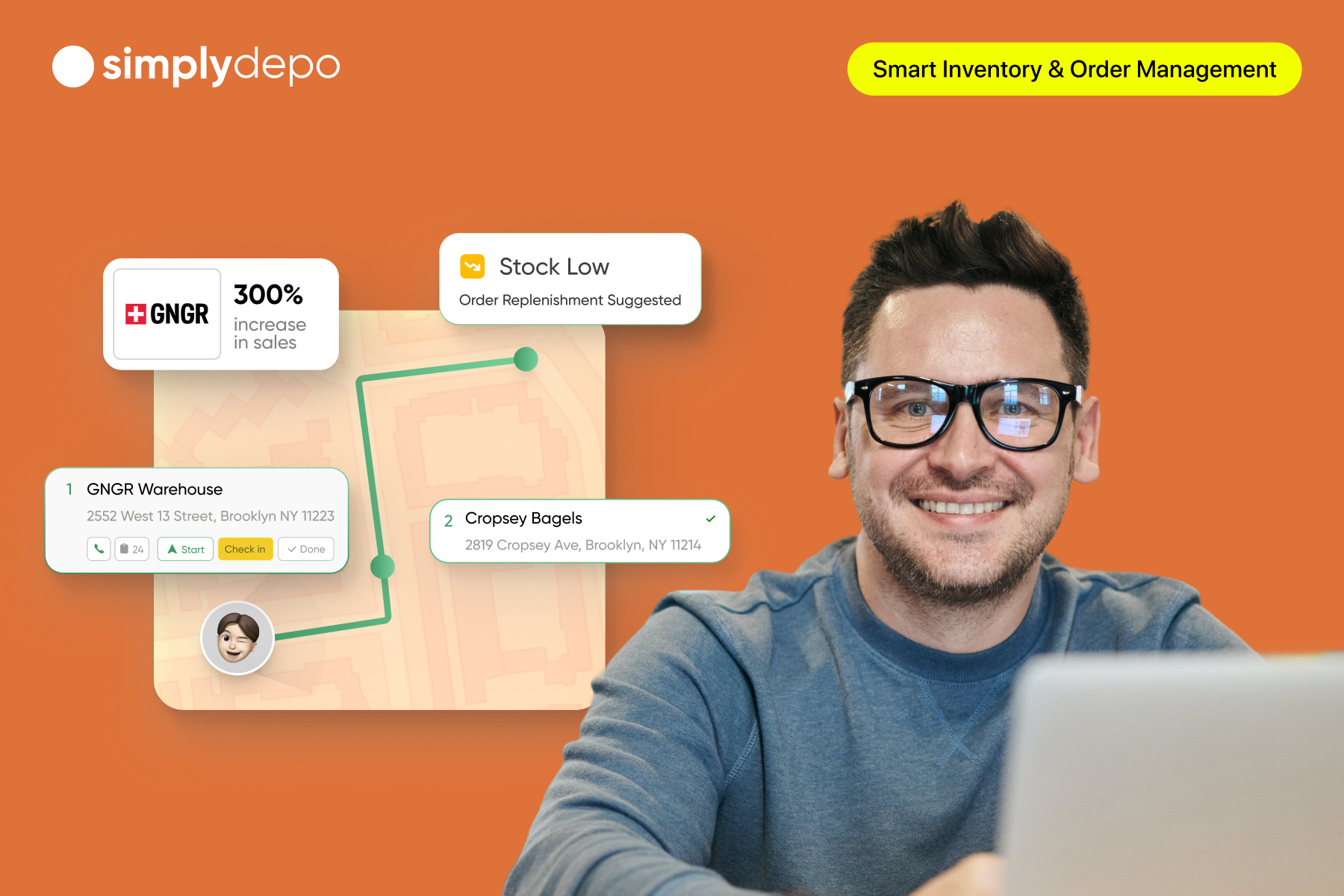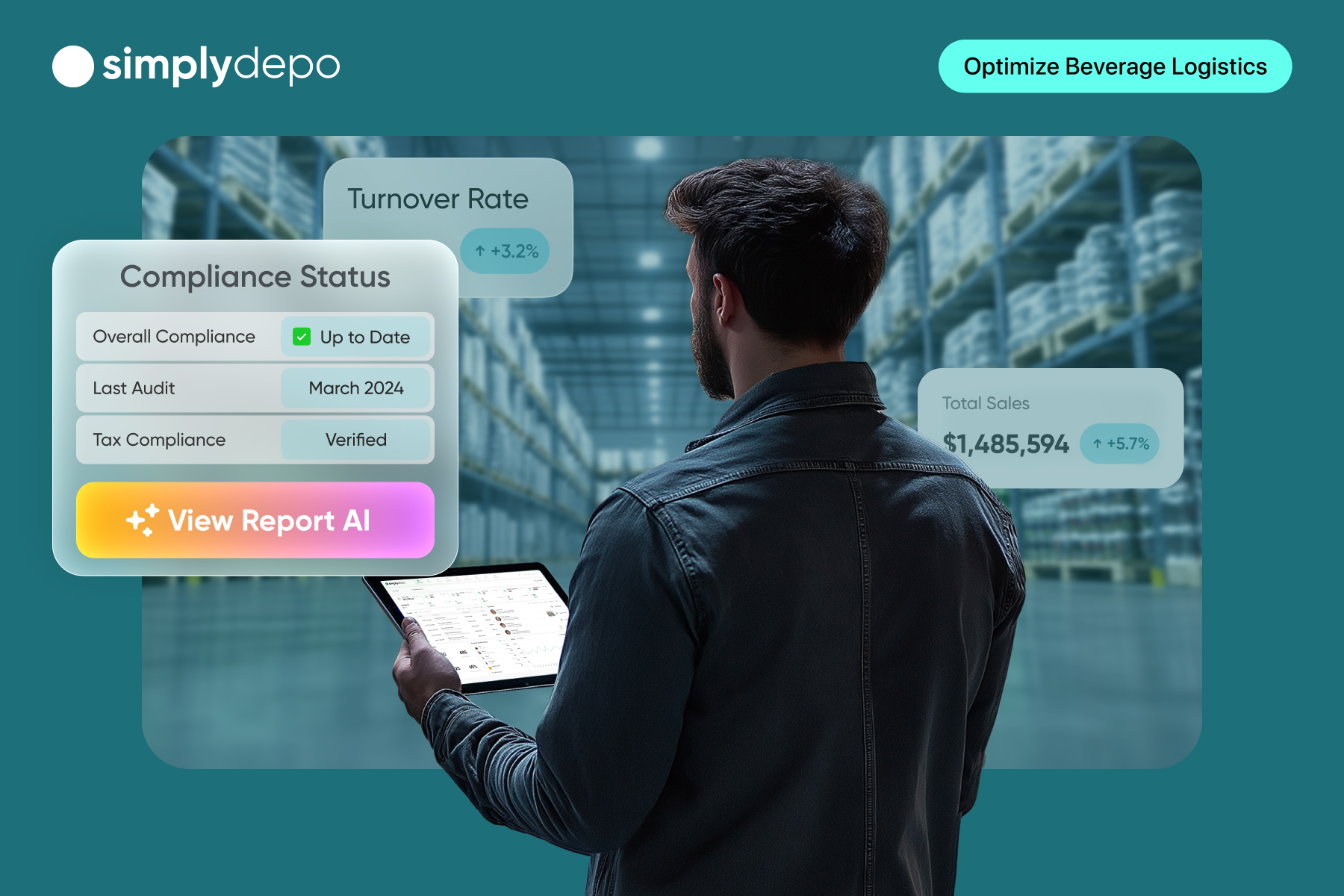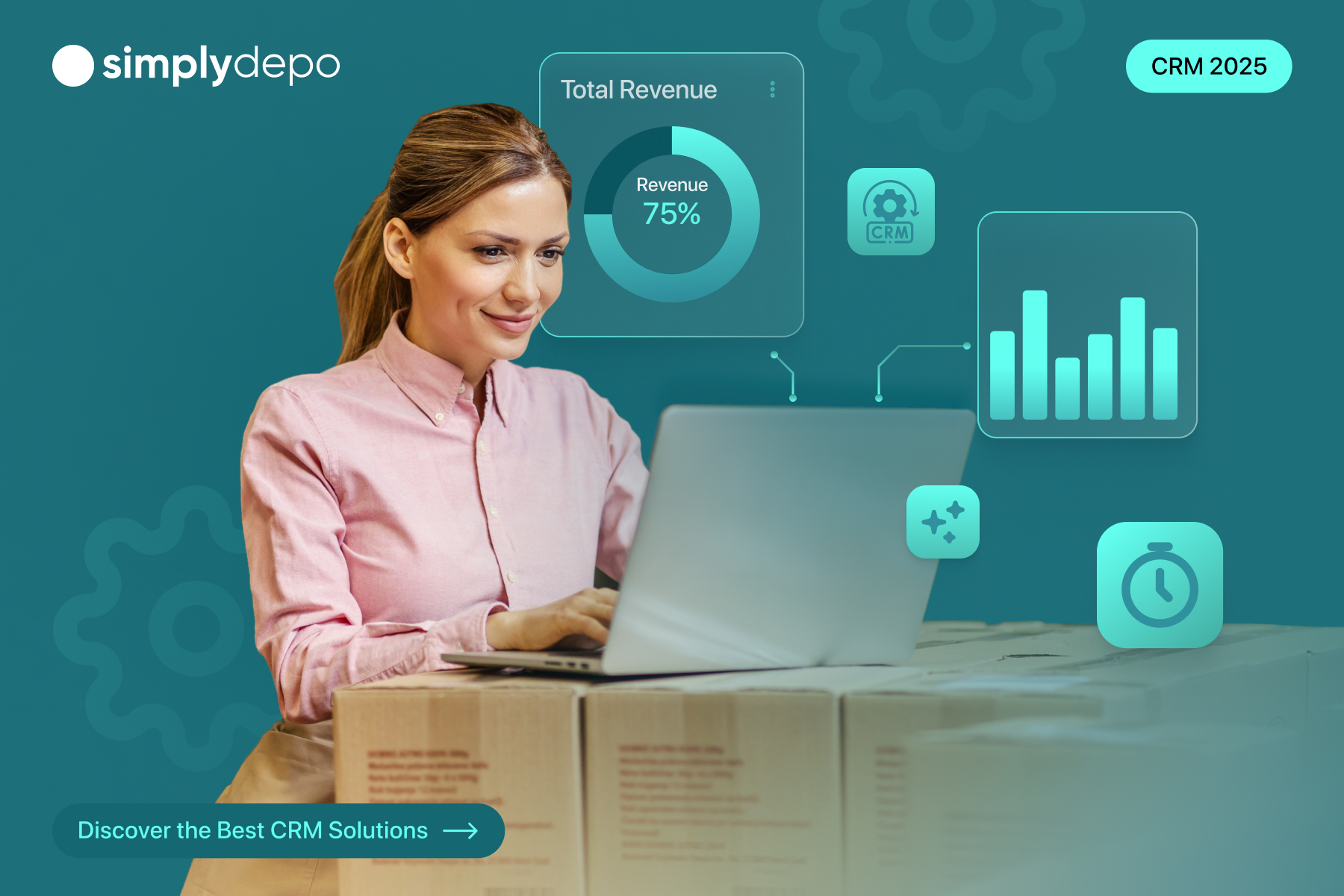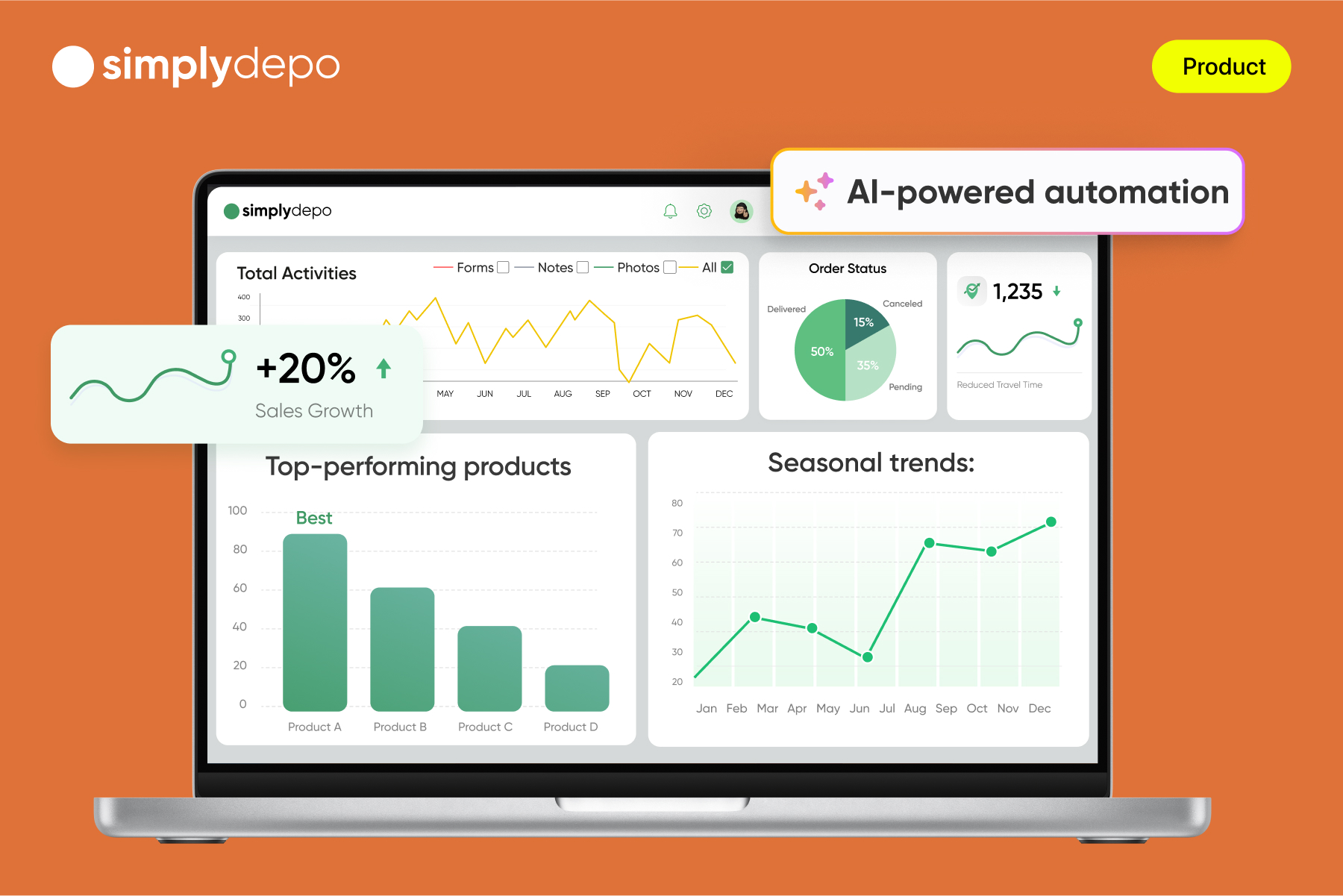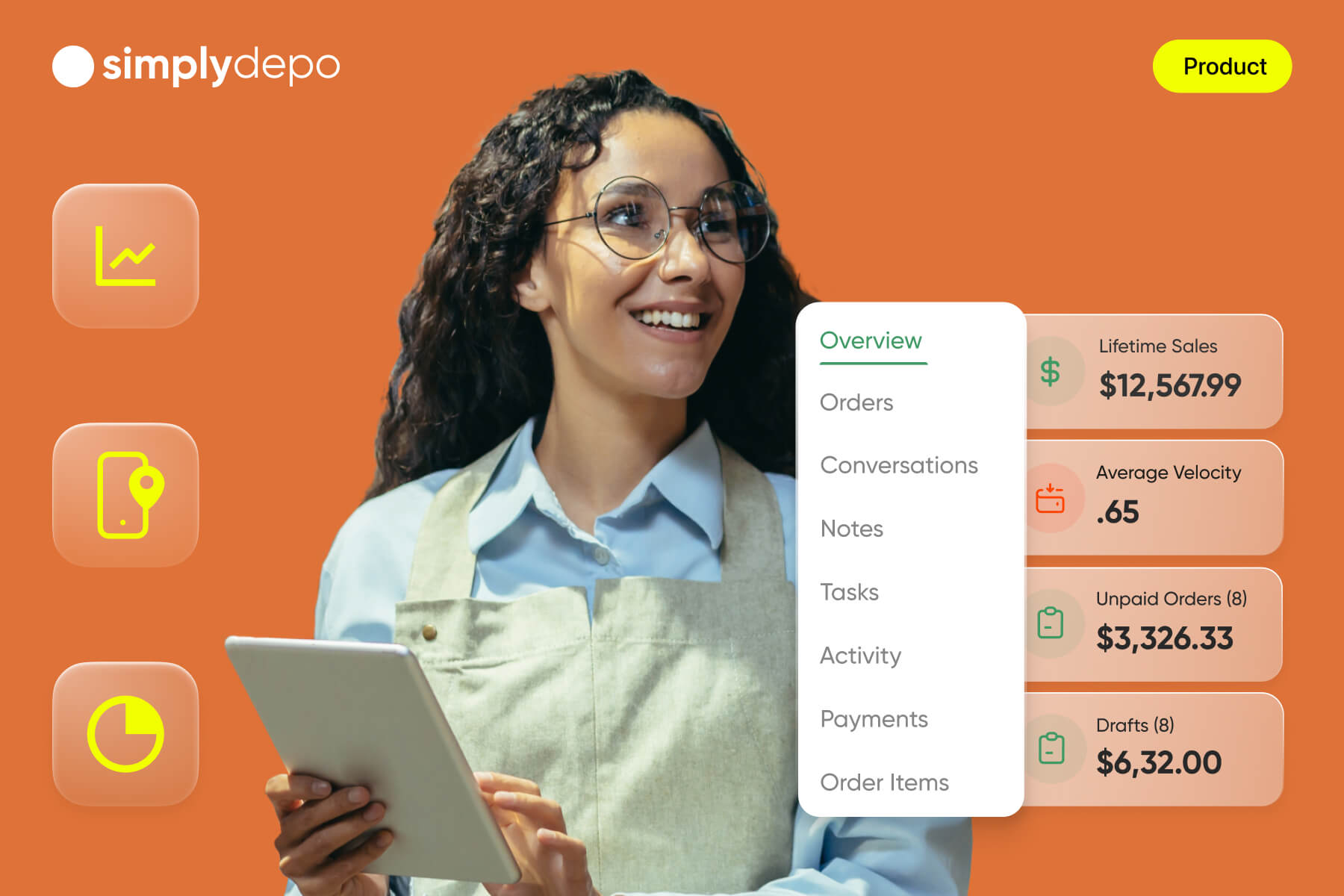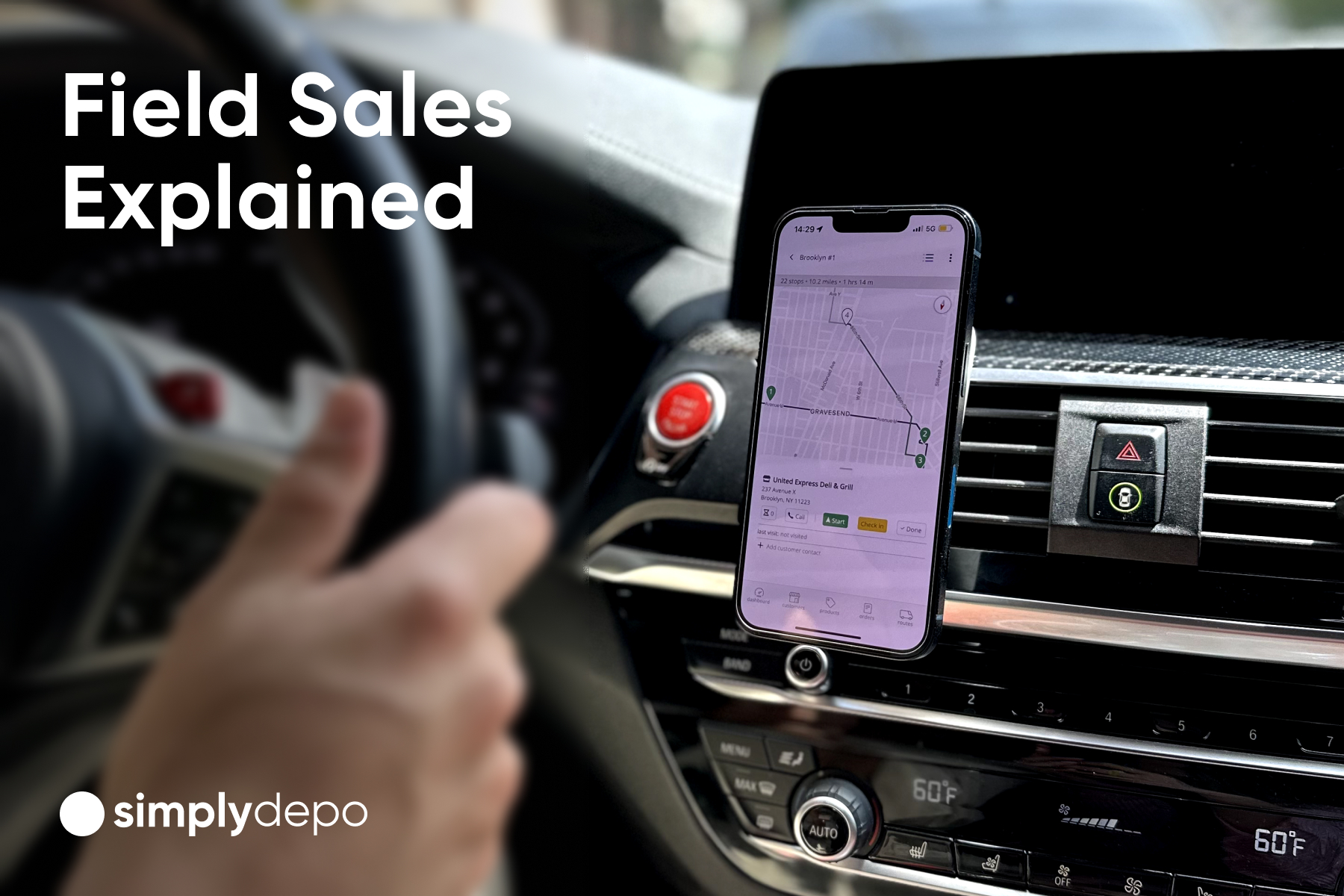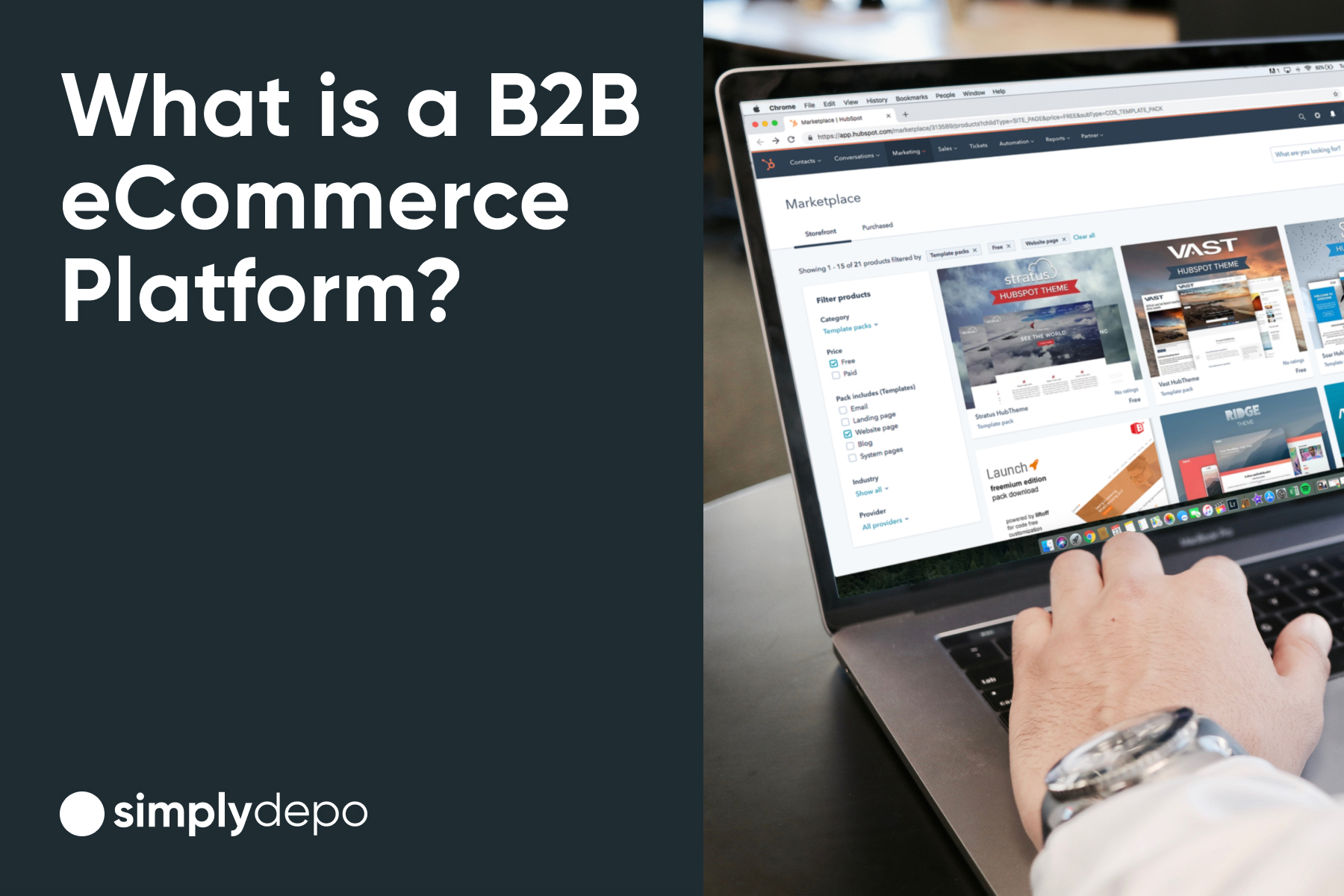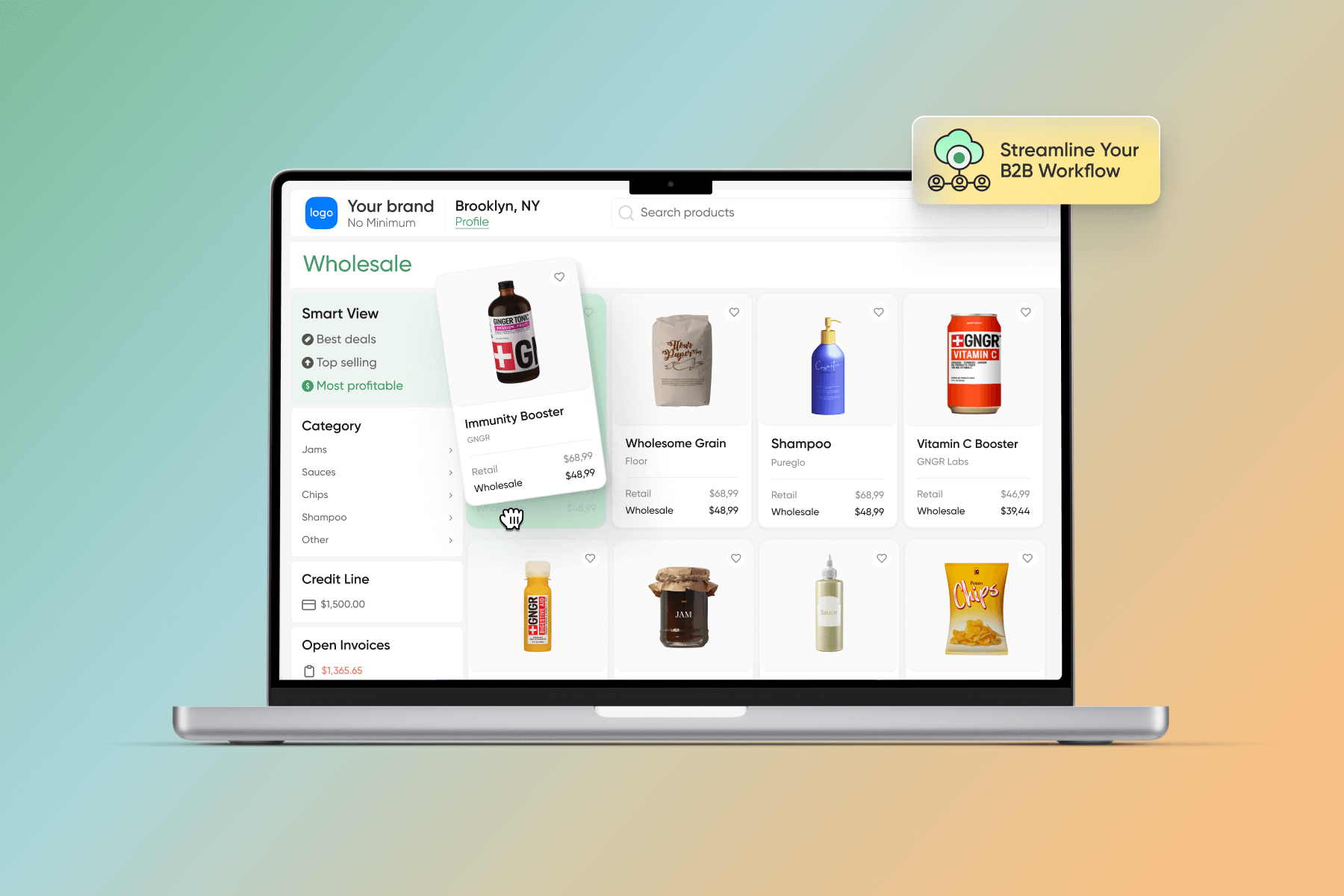Vendor Managed Inventory: Outsource Smarter, Not Slower — The Distributor Advantage in 2025
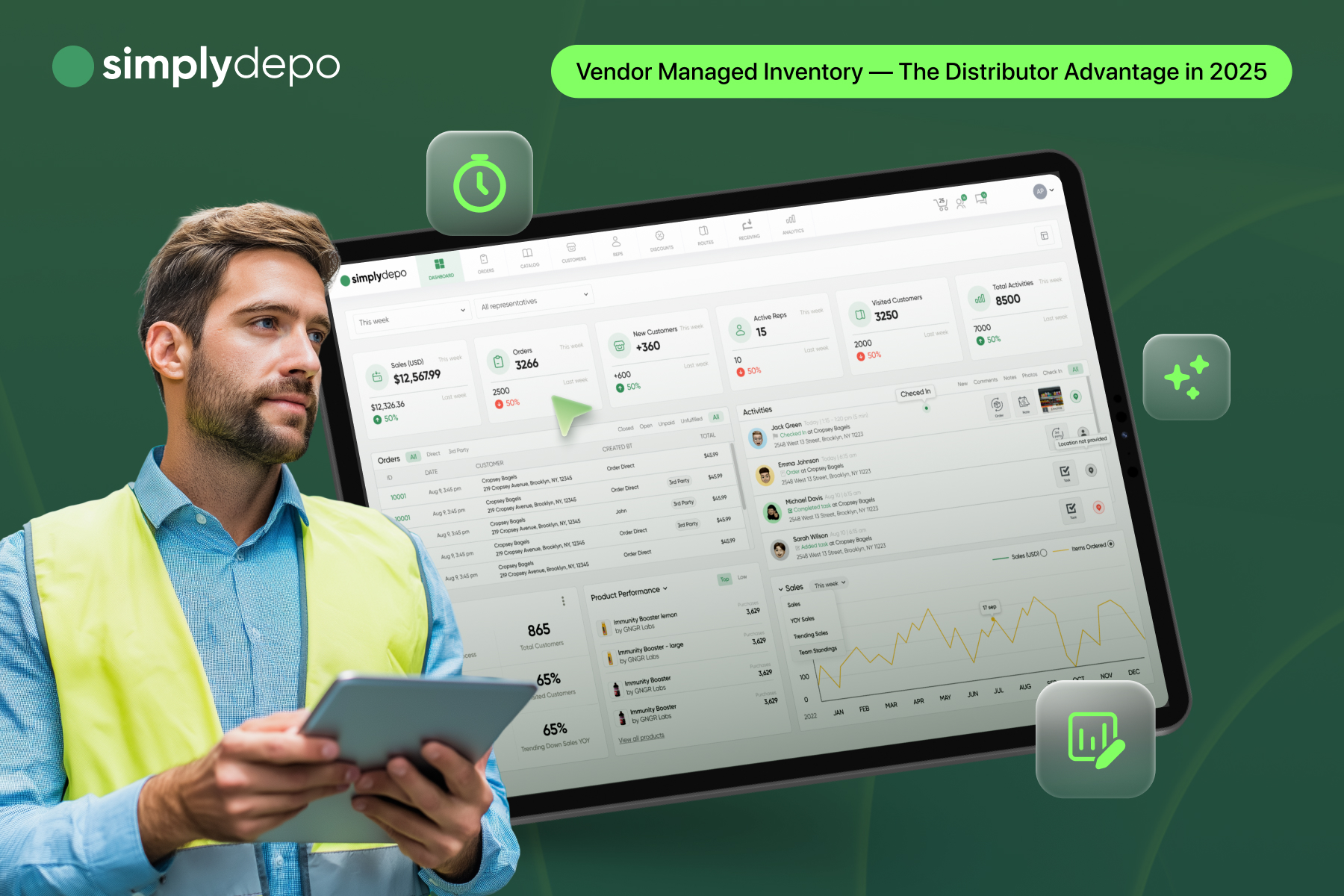
In today’s volatile supply chain environment, simply managing your own inventory isn’t enough. The smartest distributors in 2025 are taking a bold step forward — handing over part of the responsibility to their suppliers through Vendor Managed Inventory (VMI). But this isn’t outsourcing as you know it. With advanced tools and real-time data, VMI is becoming a key driver for speed, transparency, and profitability
Let’s unpack what that really means.
What Exactly Is Vendor Managed Inventory?
At its core, Vendor Managed Inventory (VMI) is a collaborative approach where your suppliers — not your purchasing team — take charge of monitoring and replenishing stock. But don’t let the word “outsourced” fool you. With VMI, you’re not losing control. You’re gaining clarity and efficiency.
Here’s how it works: Your systems — or your platform like SimplyDepo — share real-time inventory and sales data with your supplier. They analyze this information and automatically ship more product before you run out. You skip the order forms, the back-and-forth emails, and the costly stockouts.
And in 2025? That simplicity matters more than ever.
“Vendor Managed Inventory is no longer a nice-to-have. It’s a growth accelerator.” — Supply Chain Trends Report 2025
Why the Shift to VMI Is Accelerating in 2025
Think about the trends defining distribution right now:
- Customer demand changes by the week
- Inventory space is limited and expensive
- Hiring and training warehouse staff is a challenge
- Distributors are under pressure to do more, faster
In this environment, VMI offers something rare: the chance to stay stocked, agile, and efficient without overburdening your internal team. But not all VMI setups are built the same.
Reimagining VMI — Driven by Data and Mobility
The traditional image of VMI — clunky spreadsheets, lagging ERP systems, misaligned expectations — is outdated. In 2025, successful VMI is fast, transparent, and mobile-first.
With SimplyDepo, for example, suppliers don’t have to guess your needs. They see live inventory levels, warehouse scans, sales trends — and can respond instantly. Your team? They get more time to focus on what matters: growing the business.
Let’s Talk Benefits — Why Distributors Are Saying Yes to Vendor Managed Inventory
- Fewer Stockouts, Fewer Headaches
Never get caught off-guard. Your vendor restocks you based on real data, not assumptions. - Reduced Inventory Holding Costs
Why sit on extra inventory you don’t need? VMI helps you right-size stock. - Better Supplier Relationships
VMI aligns your goals with your suppliers. You both win when the data flows. - Less Admin, More Action
No more chasing order forms. Let the system handle replenishment while your reps sell. - Visibility + Accountability
You don’t lose control — you gain a clearer picture, with performance metrics built-in.
But Isn’t It Risky? Let’s Debunk a Few Myths
“We’ll lose control.”
Actually, you’ll have better control — because your supplier sees exactly what’s happening, and you get a full audit trail.
“VMI is for big retailers only.”
Not anymore. Modern tools like SimplyDepo are built for B2B distributors and wholesalers — even small and mid-sized teams.
“Implementation will be a nightmare.”
Not if you start smart. Onboarding with SimplyDepo takes days, not months. No bloated IT project required.
SimplyDepo: Making Vendor Managed Inventory Simple, Fast, and Collaborative
Vendor Managed Inventory works best when your tools work in real time. SimplyDepo gives your suppliers — and your team — a live feed of what’s selling, what’s low, and what’s next.
Here’s what sets SimplyDepo apart:
- Live Inventory Sharing between suppliers and your warehouse
- Barcode Scanning so restocks are accurate and fast
- Threshold Alerts that notify vendors when stock hits reorder points
- Mobile Access for reps and field staff on the go
- Shared Product Catalogs with up-to-date availability and pricing
Vendor Managed Inventory in Action: Real Distributor Use Cases
Case 1: Dairy Distributor Gets Ahead of Spoilage
A Portuguese dairy wholesaler partnered with its supplier via SimplyDepo to auto-replenish yogurt SKUs. The system triggered orders based on shelf life and sales velocity, reducing waste by 27%.
Case 2: Beverage Brand Optimizes Three Warehouses
Using SimplyDepo’s multi-warehouse view, a regional beverage brand let its suppliers manage stock regionally. It led to 22% fewer stockouts during peak summer demand.
Case 3: Field Reps Close Faster with Vendor Managed Inventory
Reps at a foodservice distributor saw live inventory before making promises to clients — increasing order accuracy and customer satisfaction.
Want to Try Vendor Managed Inventory? Start with a Pilot.
Here’s how to roll out Vendor Managed Inventory the right way:
- Choose a product category — fast-moving items work best.
- Select 1–2 suppliers who are open to collaboration.
- Define KPIs — what success looks like in 30, 60, 90 days.
- Train your internal team using SimplyDepo’s mobile-friendly tools.
- Review results together and expand what works.
You don’t need to overhaul your entire system overnight. Vendor Managed Inventory is scalable when done smart.
Why It Matters Now: The 2025 Distributor Advantage
In 2025, being reactive is too slow. Distributors who adopt Vendor Managed Inventory gain:
- Operational agility
- Lower risk of stockouts and overstocking
- Stronger vendor relationships
- More profitable workflows
You’re not giving up control. You’re gaining a competitive edge.
Ready to See Smarter Inventory in Action?
With SimplyDepo, Vendor Managed Inventory becomes a tool for growth — not complexity. Let us show you how real-time inventory sync and mobile-first tools make it easy to outsource smarter, not slower.
FAQ
What are key aspects of vendor managed inventory (VMI)?
VMI is a supply chain strategy where the supplier manages the customer’s inventory. Using real-time data, VMI optimizes stock levels and ensures timely replenishment, leading to a more efficient supply chain with fewer disruptions.
What are the types of vendor managed inventory?
- Continuous Replenishment: The supplier monitors inventory and automatically restocks based on predefined criteria, preventing stockouts.
- Consignment Inventory: The supplier owns the inventory until it’s used or sold, reducing customer costs.
Collaborative Planning: Both parties collaborate to forecast demand and optimize inventory levels for smarter, data-driven decisions.



